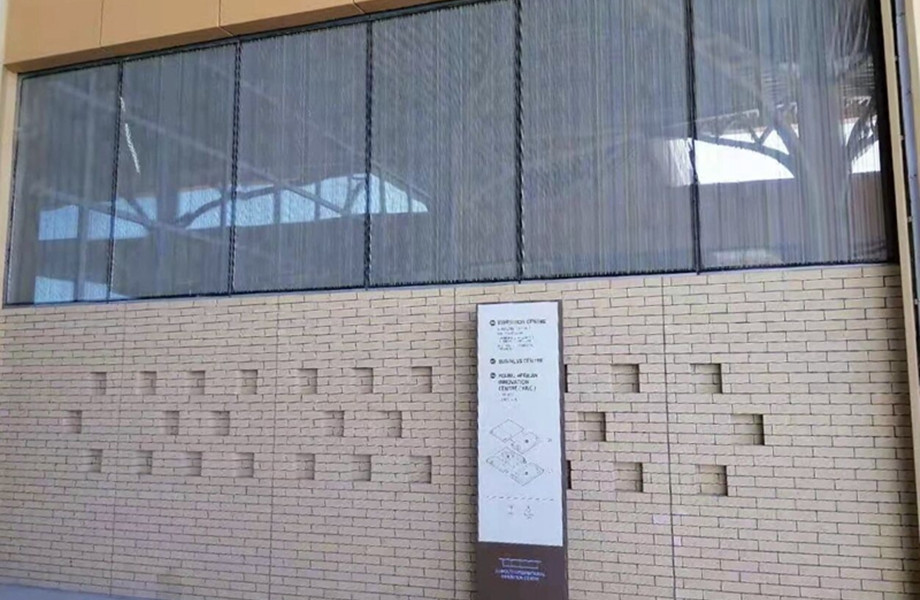In summer, you will miss the cold air very much. As the temperature rises day by day, in addition to turning on the air conditioner 24 hours a day, it is time to come up with a cooling solution for doors and windows. After all, the home is the "sacred place for summer vacation" where you stay the longest.
2047.jpg)
Generally speaking, there are two main factors that affect window and door insulation: heat radiation and heat transfer. In summer, when the sun is generally shining for a long time, the sunlight penetrates through the glass and shines directly into the room, where part of the heat radiation is absorbed or reflected by the glass, and part of it is released through the glass, causing the indoor temperature to rise. Therefore, it is important to block direct sunlight and shade the doors and windows well.
.jpg)
Use Curtains To Block Out The Sun
Choose curtains with blackout fabrics and then match them with blackout cloths, which can also have a good blackout effect, but the disadvantage is that long hours indoors can have an impact on one's health if there is not a single ray of light. You can also configure electric blinds, which can shade the sun and also effectively protect privacy. There is always a louvered glass window for you.
Using Glass Insulation Film
Glass insulation film is actually a kind of film pasted on the glass surface. This method is more economical and affordable. The disadvantage is that the use time of the film is limited. After a long period of use, blistering and curling may occur.
.jpg)
Using Low-E Insulating Glass
Low-E glass can reflect most of the light radiation energy so that less heat is transmitted to the room. Generally, Low-E glass is made into hollow glass, and the coating layer is in the hollow layer, thereby prolonging its service life. Low-E insulating glass may be the best choice for glass doors and windows. The main function of Silver Low-E insulated glass is to reduce the U value of the glass, and at the same time selectively reduce the SC, thereby reducing the cooling cost and comprehensively improving the energy-saving characteristics of the glass. It is the best glass building material for energy saving and environmental protection.
.jpg)
Reducing Heat Transfer Through The Window Frame
The window frame is the backbone of the window, and the sealing and thermal conductivity of the material will also affect the indoor temperature.


6051.jpg)
5904.jpg)
5170.jpg)
3805.jpg)
.jpg)


.jpg)
.jpg)
.png)
.png)
.png)
.jpg)
.jpg)